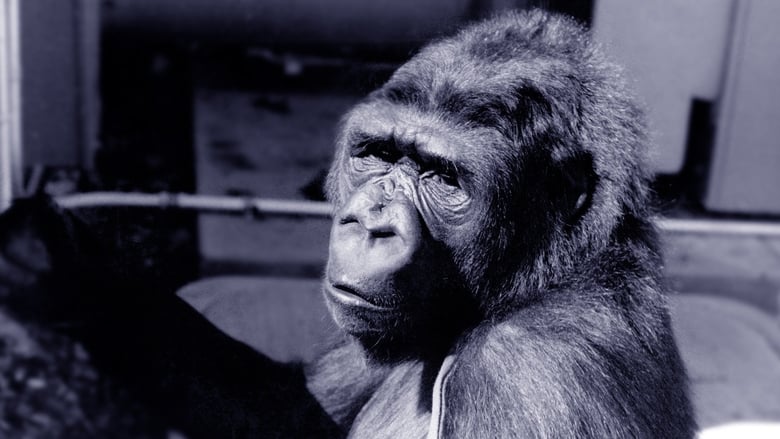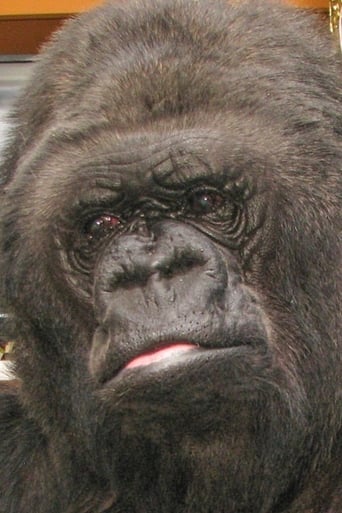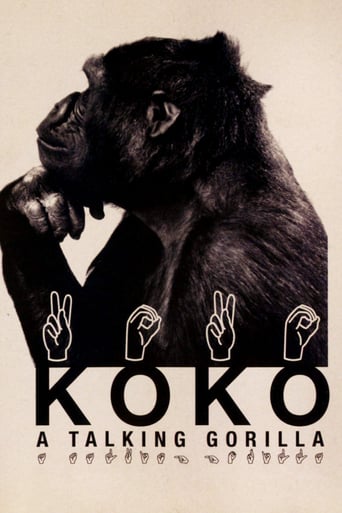
A documentary that follows Dr. Penny Patterson's current scientific study of Koko, a gorilla who communicates through American Sign Language.
Similar titles
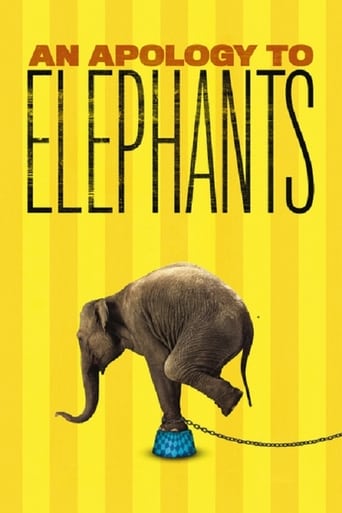
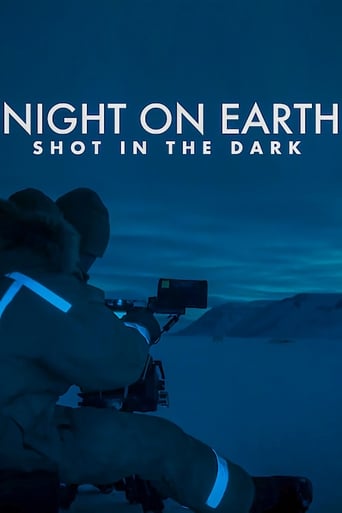


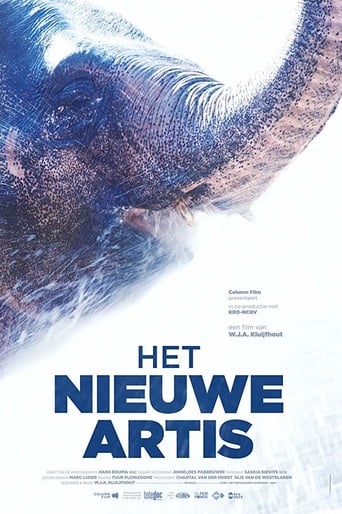
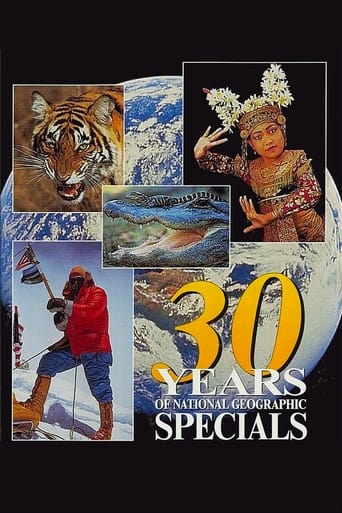

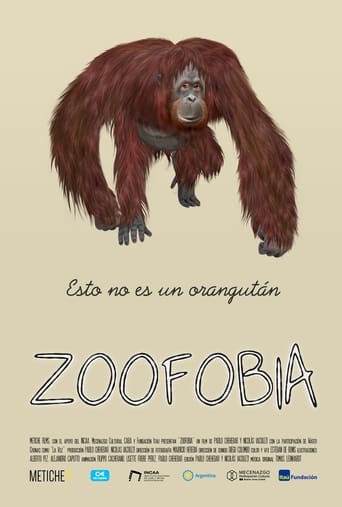
Reviews
Instant Favorite.
The performances transcend the film's tropes, grounding it in characters that feel more complete than this subgenre often produces.
The film makes a home in your brain and the only cure is to see it again.
There's no way I can possibly love it entirely but I just think its ridiculously bad, but enjoyable at the same time.
Poor Koko. Her pigheaded trainer, Penny Patterson, has not only demanded that Koko communicate using only human sign language (instead of ape grunts), but she has also reduced Koko's gorilla-integrity even more by having her tart herself up with make-up and, with feather duster in hand, go around dusting and tidying up her living space. Talk about total humiliation for poor Koko.And, when it all came down to this annoying, incessant needling (5 years of it) from Patterson for Koko to "sign! sign! sign!" - I ask you - What good did it all do for the benefit of Koko, as a wild animal, who belongs in the jungle, hanging out with her own kind - Instead of "signing" and playing with dolls.You know, this 1978 documentary actually riled me a lot more than I initially thought that it would - 'Cause what I saw the self-righteous Penny Patterson doing (all in the name of scientific research) was completely destroying the gorilla in Koko.What this documentary really needed was for someone to come forward and intelligently argue to the contrary of what Patterson was doing with this ape's head.Yes. There was a bit of argument to this effect, but from my perspective, it just wasn't anywhere near enough to satisfy this decidedly irked off viewer.
Meet Koko, all-American girl-rilla.... The reason why I refer to Koko as I do has to do with Koko's trainer, Penny Patterson's justification for why (as a scientific researcher) she is teaching this gorilla to communicate as a human being by using sign language.Believe me, what Patterson says in her rationale is totally laughable (and embarrassing), especially since she says it with such straight-faced sincerity.Anyway - For the most part, this 1978 documentary was an fairly interesting view, which certainly had its equal share of good points, as well as its not-so-good points.But, from where I am sitting - I'm dead-set against this whole idea of trying to make another animal view the world from a strictly human perspective. What I saw Penny doing was destroying the gorilla in Koko and, with that, turning her into just another spoilt, pampered, American, brat.I really felt sorry for Koko having to endure Penny in her face all the time, demanding that she "talk" (sign) and, otherwise, behave like a human instead of a gorilla.Yes. The viewer does hear both sides of this whole argument, regarding Koko's language learning, etc. - But, if you ask me - Way too much bias was shown towards Penny's side, as though what she was doing with Koko was the "right" thing.Anyway - See for yourself. And then, you can be your own judge on the matter.
It's extraordinary that a thought-provoking film like this can vanish so completely from public view that it prompts only three reviews on IMDb. Schroeder, a French film-maker, heard about the controversy over a "talking" gorilla that had become pawn in a struggle between academia and the comparatively stupid zoological garden industry. He hurried to San Francisco and managed to get interesting film of Dr Jenny Patterson turning her adopted pet into a performing dog-ape. Thirty years later, she is still at it with Koko, and no one could call her a quitter. Meanwhile, Koko remains obstinately at a mental age of about three, just a little bit better than the age-two of the typical hound. Nevertheless, the film is a tantalising glimpse of the past of our own species, and the film initiates an ongoing discussion about the 'human' rights of animals, one that becomes increasingly urgent as the great apes, big cats, etc., approach complete extermination by mankind.
You've probably heard of Koko over the years. Maybe you're seen a PBS special on the internationally famous gorilla or read an article about her. Once considered a controversial experiment in primate communication, Koko now seems practically human when compared to other gorillas in the wild and that is one of the wry points raised in this candid documentary by Barbet Schroeder, a gifted filmmaker.The day to day instruction and training you see Koko receiving from Dr. Francis "Penny" Patterson in this intimate portrait is not the kid-friendly portrait you'd expect. You get to see Koko on off days when she doesn't want to sign with Penny, when she seems bored and restless with her daily routine, or when she rebels against Penny's authority by engaging in minor destructive acts within her living area. Her home, basically a bland, institutional space with hardly any natural light, is depressing and there are few scenes with Koko enjoying the outdoors freely. Despite Dr. Patterson's assurances that she is making incredible breakthroughs in communication between humans and apes, viewers may get the feeling that Koko is being brainwashed through repetitious instruction. Her only other exposure to gorillas is Michael, a young ape who is also being trained to communicate using American sign language. Is Dr. Patterson raising a new breed of gorillas who will only be able to sign with each other and research scientists in a private facility of Stanford University? Can Koko, who was once housed in the San Francisco Zoo, communicate with apes in the wild or even zoo apes? The real problem is that Koko may not even think of herself as a gorilla anymore. You have to wonder if she might not have been better off at the San Francisco Zoo where she at least would have enjoyed more outside activity, was able to relate to other gorillas, and was free of scientific experimentation.The most sobering thought you are left with is the current state of gorillas in the wild. Are they better off in zoos or research facilities instead of running free in the wilds where they are fair game for poachers, hunters, and the increasing crush of human progress?
Top Streaming Movies











